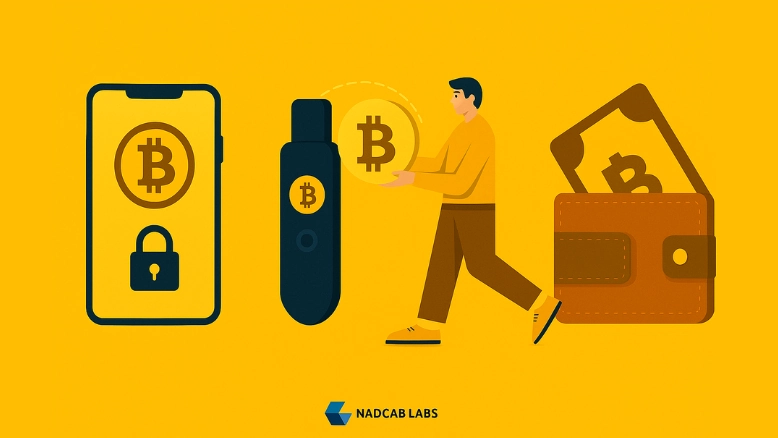
The term “Metaverse” has become increasingly popular in recent years, especially with the rise of digital and virtual technologies. It represents a collective virtual shared space, created by the convergence of virtually enhanced physical reality and physically persistent virtual space, including the sum of all virtual worlds, augmented reality, and the internet. The concept of the Metaverse is not new; it has been featured in science fiction for decades. However, recent advancements in technology are making the Metaverse a reality. This blog will delve into what Metaverse Platform entails, the role of Metaverse Developers, and the future of this exciting field.
Understanding the Metaverse
The Metaverse is essentially a virtual universe where users can interact with a computer-generated environment and other users in real-time. This virtual space is persistent and continuously evolving, offering a wide range of experiences and opportunities. The Metaverse encompasses various aspects of our digital lives, from social interactions and gaming to work and education.
Key Components of the Metaverse
-
Virtual Reality (VR)
Immersive experiences that simulate real-world environments or create entirely new worlds.
-
Augmented Reality (AR)
Enhancing the real world with digital overlays, providing interactive and contextual experiences.
-
Blockchain Technology
Ensuring transparency, security, and ownership of digital assets within the Metaverse.
-
Artificial Intelligence (AI)
Enhancing user interactions and personalizing experiences.
-
Internet of Things (IoT)
Connecting physical devices to the digital world, creating a seamless integration between the virtual and real worlds.
Exploring the Potential of Metaverse Platforms
Metaverse Platform is the architects and builders of this virtual universe. They possess a unique blend of skills, combining expertise in software development, virtual and augmented reality, blockchain, and AI. These developers are responsible for creating immersive and interactive experiences that define the Metaverse.
Core Responsibilities of Metaverse Developers
-
Design and Development
Creating and maintaining virtual environments, applications, and experiences.
-
Integration
Ensuring seamless interaction between various technologies such as VR, AR, AI, and blockchain.
-
User Experience (UX)
Designing intuitive and engaging interfaces for users to interact with the Metaverse.
-
Security
Implementing robust security measures to protect digital assets and user data.
-
Collaboration
Working with other developers, artists, and designers to create cohesive and immersive experiences.
Technologies Powering Metaverse Platforms
Metaverse Platform Development involves a variety of technologies that work together to create this immersive virtual world. Here are some of the key technologies:
-
Virtual Reality (VR) and Augmented Reality (AR)
Essential for creating immersive environments and enhancing real-world experiences.
-
Blockchain Technology
Provides a secure and transparent way to manage digital assets, ensuring ownership and authenticity.
-
Artificial Intelligence (AI)
Enhances interactions and personalizes experiences within the Metaverse.
-
3D Modeling and Animation
Crucial for creating realistic and engaging virtual environments.
-
Networking and Cloud Computing
Ensures the Metaverse is accessible to users worldwide and can handle large-scale interactions.
Challenges and Solutions in Metaverse Platforms
Despite the exciting potential, Metaverse Platforms come with their own set of challenges:
-
Technical Limitations
High-quality VR and AR experiences require significant computational power and advanced hardware.
-
Interoperability
Ensuring different systems and technologies work seamlessly together.
-
Security and Privacy
Protecting user data and digital assets from cyber threats.
-
Scalability
Creating a Metaverse that can accommodate millions of users simultaneously.
-
Regulation and Governance
Establishing rules and standards for a decentralized and often anonymous virtual world.
The Future of Metaverse Platforms in Business
The future of Metaverse Platform Development is bright and full of potential. As technology continues to advance, the possibilities for the Metaverse are virtually limitless. Here are some trends and predictions for the future:
-
Enhanced Interactivity
More immersive and interactive experiences through advanced VR and AR technologies.
-
Decentralization
Increased use of blockchain technology to create decentralized virtual worlds.
-
Cross-Platform Integration
Seamless interaction between different virtual worlds and platforms.
-
Virtual Economy
Growth of the virtual economy, with new opportunities for commerce and employment.
-
Accessibility
Improved accessibility for users with varying levels of technical expertise and hardware capabilities.
Metaverse platforms are an exciting and rapidly evolving field that promises to reshape our digital experiences. Leading metaverse platform solutions play a crucial role in bringing this vision to life, leveraging cutting-edge technologies to create immersive and interactive virtual worlds. As businesses and users explore the potential of metaverse platform technology, new opportunities emerge for social interaction, entertainment, education, and commerce. By understanding the core components, innovations, and challenges involved in metaverse platform development, we can better appreciate their transformative impact and the incredible possibilities that lie ahead.
Author Profile
Vartika Krishnani works at Nadcab Labs, helping businesses thrive online through effective SEO strategies that ensure they stand out on the internet. At Nadcab Labs, our mission is to drive business growth using cutting-edge technologies like blockchain and smart digital marketing.





